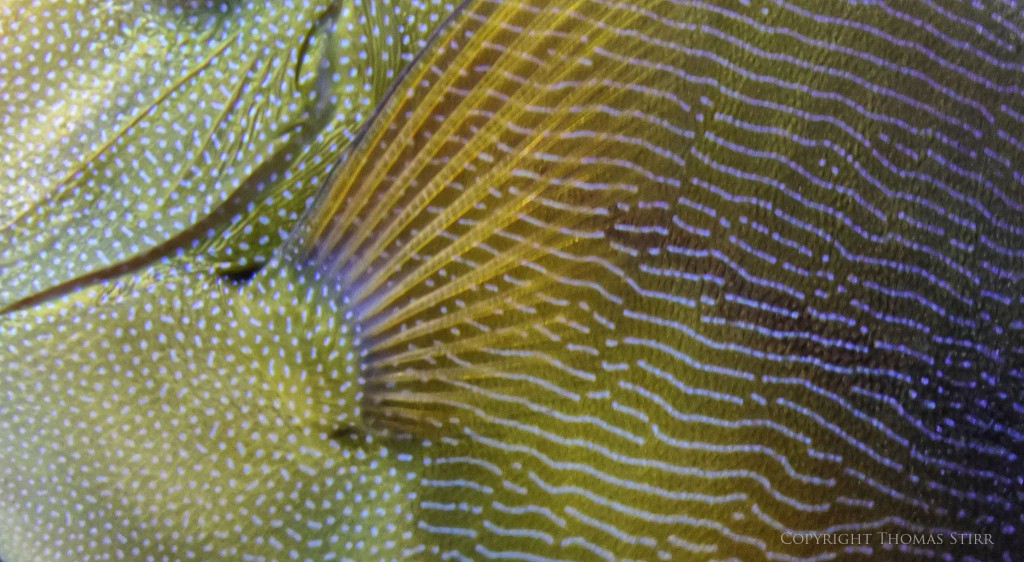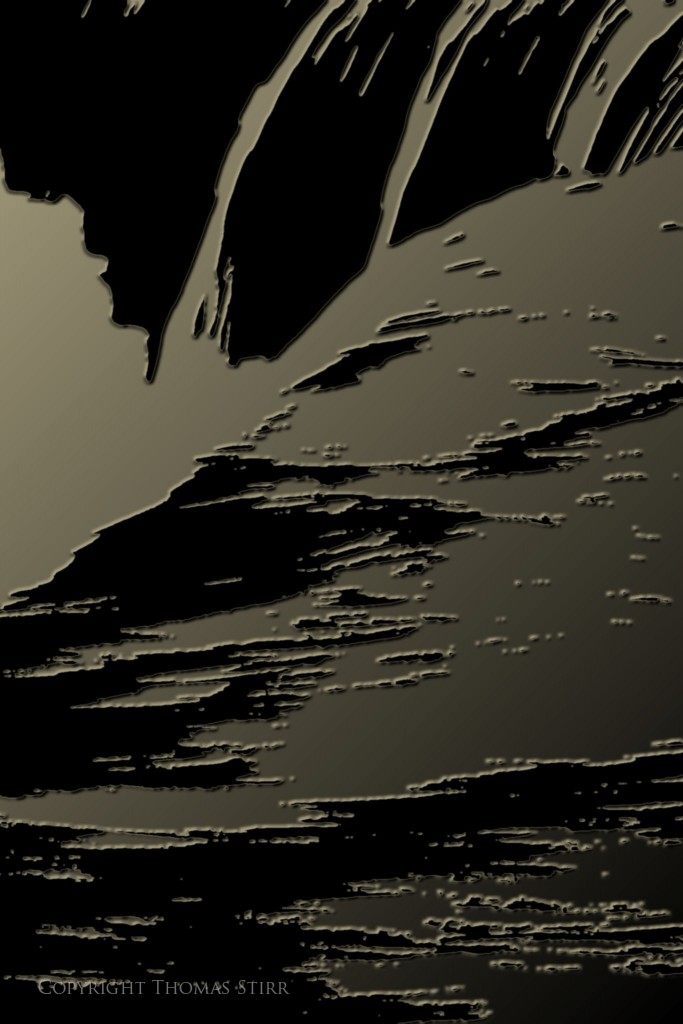This article discusses the links between fear and creativity and shares some perspectives that may be helpful in pursuing our creative impulses. There are some typical impacts of fear that have more to do with our physical being. Fear is one of the most powerful, natural and primitive human emotions. Fear can come from real threats, or from dangers that we imagine.
NOTE: Click on images to enlarge. Photographs have been added to serve as visual breaks.

Fear can be exciting.
Watching suspense or horror movies, or riding on rollercoasters can create fear which some people find exciting. Perhaps almost addictive. The rush of adrenaline and other chemicals in our bodies create unique physical sensations.

Fear can keep us safe.
Feeling fear is a basic human emotion and can help to keep us physically safe. Responding to the fears that we may face while hiking along a remote trail may be necessary and prudent. While responding to our need for physical safety, our fear may come into play as we ponder innovative ways to capture a particular image that we have in our mind. Especially when the physical access needed simply is not available to us.

So, while fear can help keep us safe, it can also be self-limiting in terms of our physical experiences. On the positive side, it can serve as a mental catalyst to find a solution to a physical barrier that we may face.

Fear builds self-awareness.
When we are engaged in the creative process and experience fear it can be a signal that we are bumping up against, or perhaps crossing, a recognized creative boundary. This could be a societal one or may be a self-defined limitation. Either way, our fear builds awareness about the potential we face to cross into new creative territory.

Fear can be caused through social interaction and rejection.
From a creative perspective one of the most common sources of fear arise from our social interactions with others and the risk that we may face rejection. The level of our fear can be directly proportional to the degree to which we place value on our social relationships.

In situations where we place a very high value on being accepted by others, or eliciting praise from them, our level of psychological fear can increase.

Fear of rejection.
One of the roots of creative conformity is the fear of rejection. Our consumption of social media can contribute to this fear becoming insidious. Operating somewhat under the surface of our every day existence, we may not be fully aware to the extent that our fear of rejection is holding back our creativity. We begin to focus on ‘likes’ rather than exploring our creative impulses and our potential desire to experiment and innovate. Our goals may become pleasing others and conforming to their definitions of what is acceptable.

Fear of failure.
For many folks the fear of failure can be debilitating. To them, failing at something means that they are failures in life. They experience failure as something deeply personal. Their levels of self-worth and self-confidence may be shaken to their very core. In extreme cases they may completely lose connection with their potential worth as human beings.

When we look through history at people who were great creators in their chosen fields of endeavor, we find people who viewed their failures as important milestones along their creative paths. They didn’t fear failure, but rather embraced it. To them experiencing failures were important opportunities for increased knowledge and personal growth.
If most of us were asked to define failure we would likely be able to quickly identify a list of factors, or could describe a specific situation. When the definition of failure is taken to an extreme and we are asked to describe ‘rock bottom’ many of us would have a very clear idea of what that means to us.

In that context the fear of failure does have a limit. Once we hit ‘rock bottom’ there is nothing else left. We have reached the worst possible of human conditions, potentially on both physical and psychological levels.

It is fascinating to learn about the struggles of many of the world’s greatest creative minds and the societal rejection and physical conditions that they endured, as they produced what became seminal life works.

Fear of success.
Achieving some level of success can cause fear. The root of this fear is anchored in our self perception that we may have just reached the pinnacle of our creative output. We may fear that we may not be capable of improving upon that success. The result can be that we ride on our own coat tails and live life retrospectively… looking back on our past success… but avoiding creating anew. Hitting ‘rock bottom’ can be a well-defined state. Achieving our personal potential through our creativity is not.
A simple look at the musical careers of many artists reveals a litany of ‘one hit wonders’. Doing an internet search for ‘one hit wonders’ will even provide lists of musical artists broken down by decade. These artists achieved their momentary glimpses of market acceptance and fame, only to quickly disappear into history.

Success can be defined in many ways. If we create with the specific goal of achieving fame and fortune, we are chasing fool’s gold. Relying on others to define our ‘success’ is to put our future in the hands of subjective and fickle people.

Feel the fear, and do it anyway.
Regardless of the fears that we may face, the key is to feel the fear, and do it anyway. None of us can predict how our creations will be received by others. For creators, the joy is in the act of creation. Creativity is an innately human quality. It matters not where you find your creativity. It could be with your camera, or with a keyboard. With a paint brush, or with woodworking tools. In your garden, or in your kitchen. It could be in business, or in your personal hobbies.

Our individual creativity is one of the most important gifts that we each have been given. Find it. Understand it. Use it. Share it with others. When you do, you will help make the world a better place. Even if just for a few, fleeting moments.

Technical Note
Photographs were captured handheld using camera gear as noted in the EXIF data. Images were produced from RAW files using my standard process. This is the 1,038th article published on this website since its original inception.

How you can help keep this site advertising free
My intent is to keep this photography blog advertising free. If you enjoyed this article and/or my website and would like to support my work, you can purchase an eBook, or make a modest $10 donation through PayPal. Both are most appreciated. You can use the Donate button below. Larger donations can be made to tom@tomstirr.com through PayPal.
Word of mouth is the best form of endorsement. If you like our website please let your friends and associates know about our work. Linking to this site or to specific articles is allowed with proper acknowledgement. Reproducing articles, or any of the images contained in them, on another website or in any social media posting is a Copyright infringement.
Article is Copyright 2021 Thomas Stirr. Images are Copyright 2015-2019 Thomas Stirr. All rights reserved. No use, duplication or adaptation of any kind is allowed without written consent. If you see this article reproduced anywhere else it is an unauthorized and illegal use. Posting comments on offending websites and calling out individuals who steal intellectual property is always appreciated!




Enjoyed the photos and your write up.
Stay blessed.
Take care.
Thanks Bijan… I’m glad you enjoyed the article.
Tom